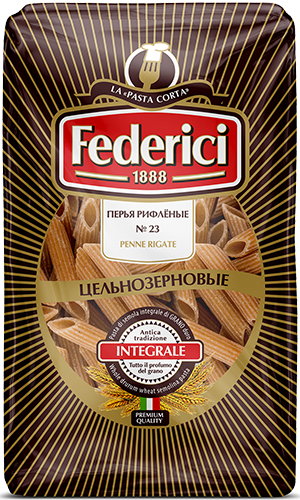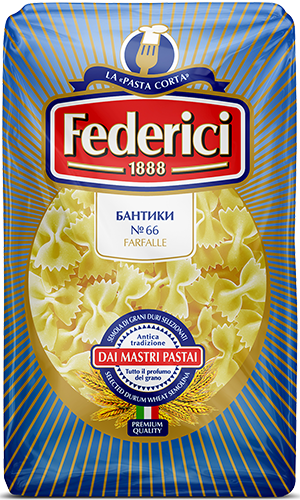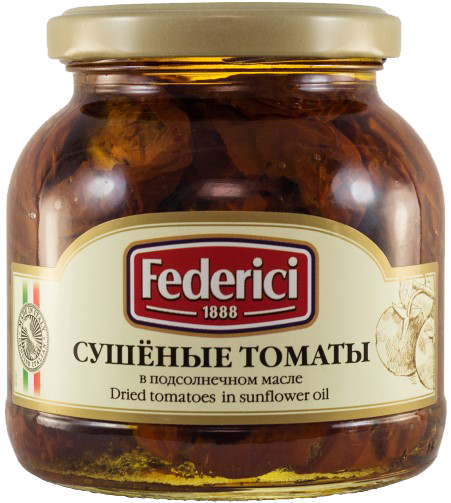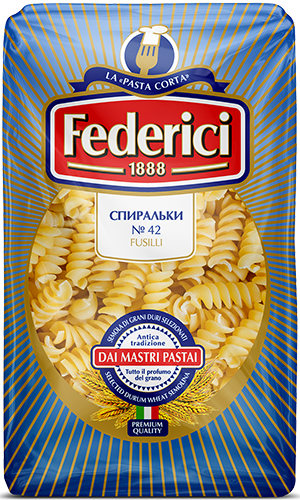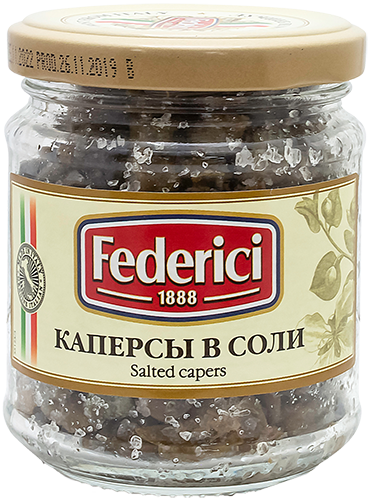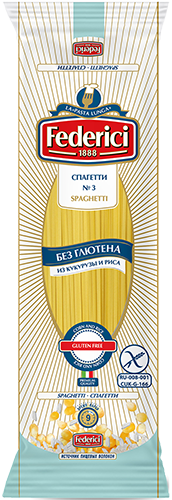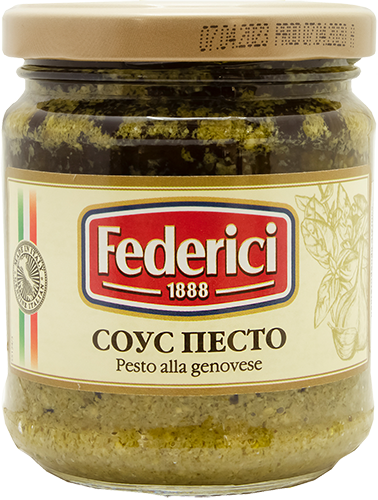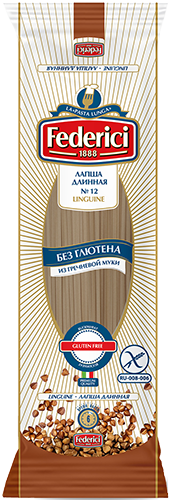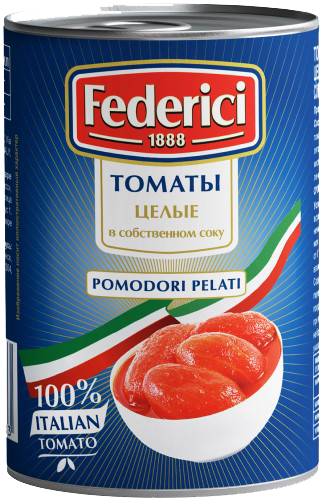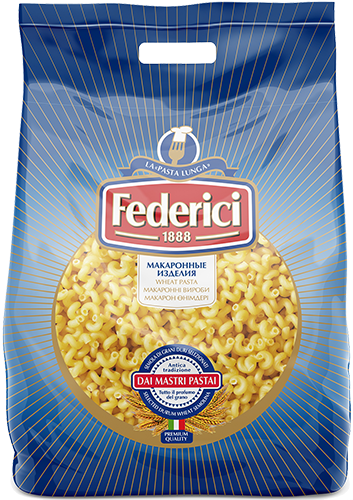


Legumes, a family of plants with over 19,000 diverse species, have long been widely used as food by animals and humans. Legumes also play a significant role in our culinary tradition.
What are legumes?
Legumes are one of the largest families of dicotyledonous plants. They are found throughout the globe at varying altitudes and climates, and come in a wide variety of forms, from enormous trees to bizarre vines and tiny herbaceous species growing in hot deserts.
What foods are considered legumes?
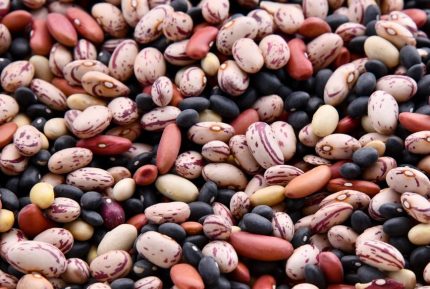
Beans, the seeds of these plants, contain a large amount of easily digestible vegetable protein, a wide range of vitamins, dietary fiber, carbohydrates, trace elements, and pectin. Such a rich composition of legumes, of course, offers exceptional nutritional value. A complete list of all legume products is likely impossible. These typically include the shelled seeds of plants of this genus (or the seeds directly in the pods), consumed fresh or cooked. The most popular and healthy legumes, which have long been a staple in the cuisines of various cultures, include soybeans, beans, lentils, chickpeas, peas, groundnuts, and others.
Legume Composition
Due to their nutritional composition, legumes are an important part of a healthy and balanced diet.
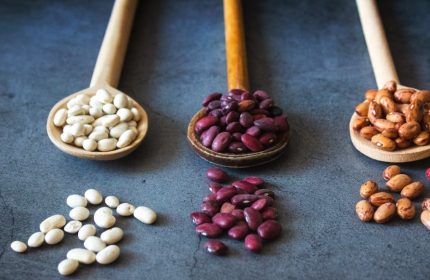 Legumes are rich in:
Legumes are rich in:
- Plant protein, which contains all the essential amino acids, making legumes a complete protein source (as a substitute for animal protein) for vegetarians and vegans.
- Carbohydrates, particularly complex (slow) carbohydrates, are not sugars but starch, cellulose, and fiber, which normalize digestion and provide the body with long-term energy.
- Plant fiber supports digestive health, promotes satiety, and helps regulate blood sugar levels.
- Vitamins include B vitamins (folate, thiamine, riboflavin, and niacin), vitamins E, and vitamin K, which are involved in numerous processes responsible for proper bodily function.
- Minerals, such as iron, magnesium, potassium, zinc, and copper, are important for maintaining bone health, the immune system, and metabolism.
Furthermore, legumes contain antioxidants such as polyphenols and flavonoids, isoflavones, saponins, and lignans, which protect against harmful effects and reduce the risk of inflammation in the body, among other things.
Healthy Properties of Legumes
All legumes are rich in nutritional properties. Regular consumption of legumes is directly linked to a reduced risk of cardiovascular disease and a positive effect on all bodily functions, especially metabolism. Therefore, consuming bean products promotes:
- Improving intestinal peristalsis, which cleanses the intestines and prevents stagnation of processed food.
- Stabilizing blood sugar levels and eliminating harmful cholesterol from the body.
- Improving the condition of the skin, nails, and hair.
- Restoring normal functioning of the nervous system.
It’s worth noting that legumes are included in almost all successful weight loss diets, as the plant protein and slow carbohydrates found in beans promote satiety and prolonged hunger.
Top List of Healthy Legumes
Legumes are known in all cultures around the world and, without exaggeration, often occupy a prominent place in the diet. For example, in South American and Asian countries, legumes are a staple. And it’s hard to imagine our cuisine without pea soup or bean side dishes.
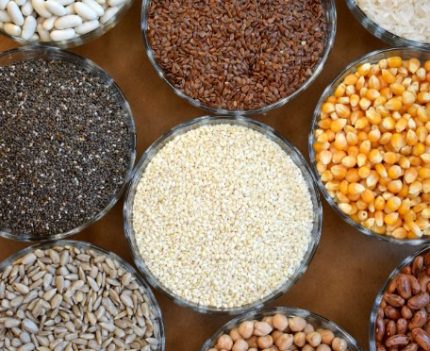 The following are the most popular legume products:
The following are the most popular legume products:
- Soybeans are a popular and widely used food product worldwide, valued for their high fat and vegetable protein content. For the same reason, soybeans are not only nutritious for humans but also a valuable feed source for animals. Soybeans are used to make pates, cutlets, pancakes, soups, and salads. Soy “meat” pairs well with vegetables, and soybeans make excellent porridges, side dishes, and gravies.
- Beans are one of the most common legumes, containing proteins and amino acids, carbohydrates, minerals, and vitamins, particularly carotene, which is essential for the body. Beans are available in a variety of forms, including red, black, white, and other varieties. They are used to make soups, sauces, salads, pastas, vegetable side dishes, and in various preserves, among other things. They pair well with tomatoes, onions, zucchini, other vegetables, and mushrooms. In salads, beans pair well with corn, bell peppers, avocado, herbs, onions, and more.
- Lentils are another popular legume, available in green, red (orange), and brown varieties. They are high in protein, minerals, and essential amino acids. Furthermore, lentils are a high source of folate. Their grains are used to make soups, porridges, pastas, and vegetable dishes. Green lentils pair well with seafood, while red lentils pair well with mushrooms, zucchini, and eggplant. Brown peas pair well with greens, stews, and fresh vegetables.
- Peas are eaten fresh, cooked, or dried. They are also high in protein, fiber, vitamins, and trace elements. Their distinctive and appealing flavor allows them to be used in delicious soups, stews, cutlets, purees, porridges, a variety of side dishes, and as a filling in baked goods. Fresh green peas are added to salads or cold appetizers, steamed, and much more.
- Chickpeas – like all legumes, they are rich in protein and other beneficial nutrients, but their fat content is low. They are often used in Indian, Mediterranean, and Middle Eastern cuisines. They are used to make pilaf, creamy soups, cutlets, pates, and, of course, hummus and falafel. Chickpeas pair well with tomatoes, aromatic herbs, greens, and garlic.
- Peanuts are a rich source of dietary protein and contain amino acids essential for human growth and development. The fruits of this legume contain oil, which is used in various industries. Due to their fat content, peanuts are second only to soybeans in nutritional value. Peanuts contain 42% fat, 22% protein, and 13% carbohydrates. They are eaten roasted, as a quick snack, appetizer, or added to salads and various dishes originating from Eastern cuisine.
- Asparagus beans are common beans, but harvested unripe and in pods, hence the name green beans. The young, green, juicy, two-valved pods, containing equally juicy, unripe beans, are eaten alongside the beans. These green beans are rich in fiber and protein, minerals and vitamins, arginine, and antioxidants. Green beans are great for omelets, salads, soups, and stews. They pair well with eggs, fish, grains, meat, mushrooms, and any vegetables.
This delicious list could go on and on, as mentioned above, because legumes are very diverse, healthy, and delicious in a variety of dishes and on their own. However, it’s important to remember that some legumes, such as soy and peanuts, can cause serious allergic reactions.
Our products
Мы стремимся предложить Вам наилучший сервис при работе с нашим сайтом. Для этого мы собираем и храним информацию о Вашем посещении сайта. Так называемые cookies. Файлы cookies не собирают и не хранят никакую личную информацию о Вас. Используя этот сайт, Вы даете согласие на использование cookies. На данном этапе Вы можете отказаться от использования cookies, настроив необходимые параметры в своем браузере.
